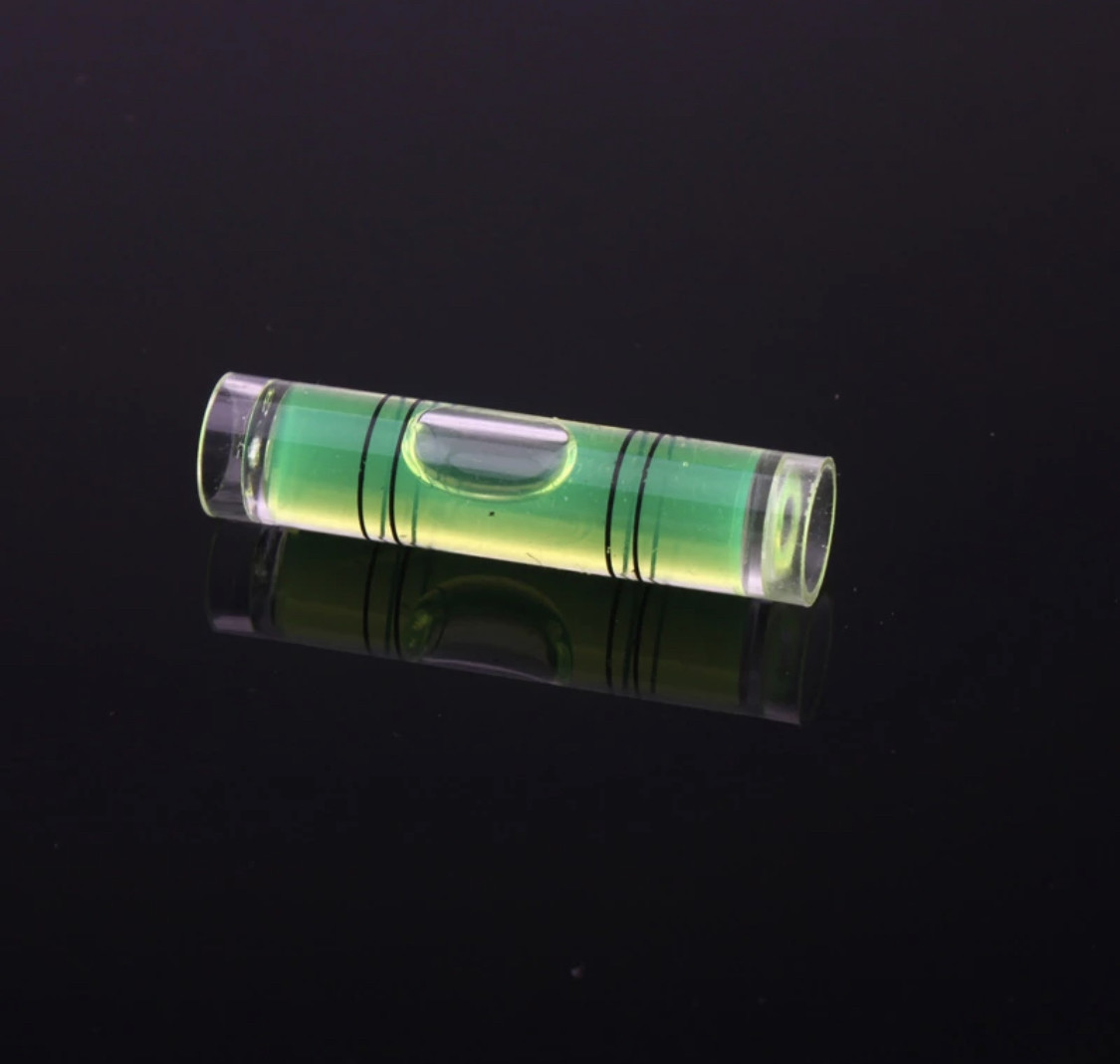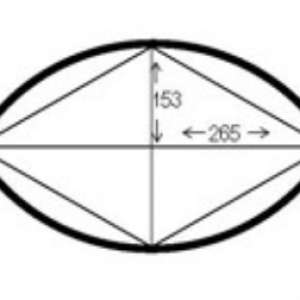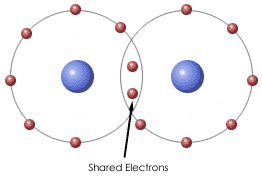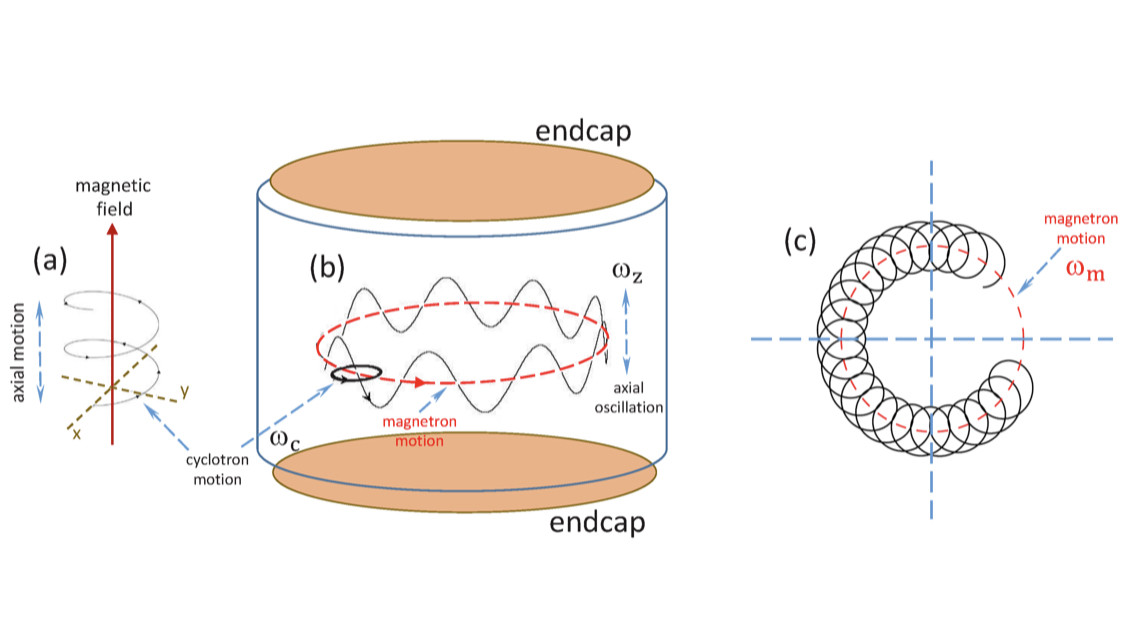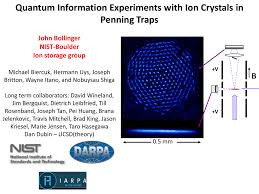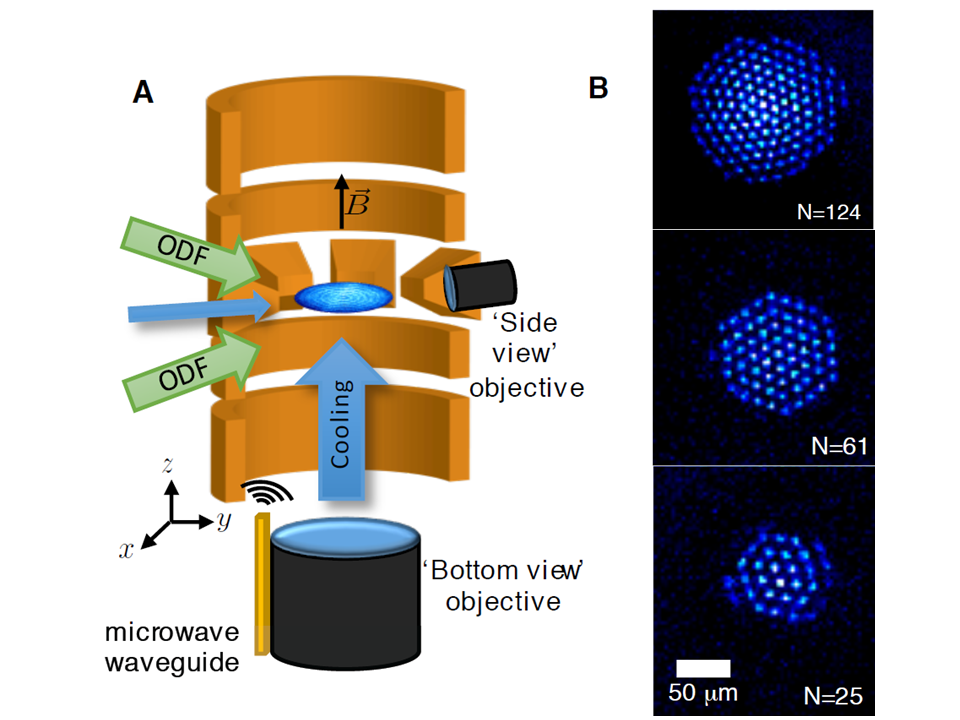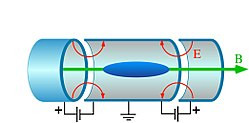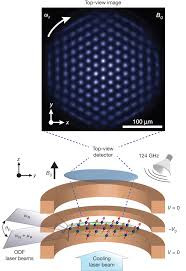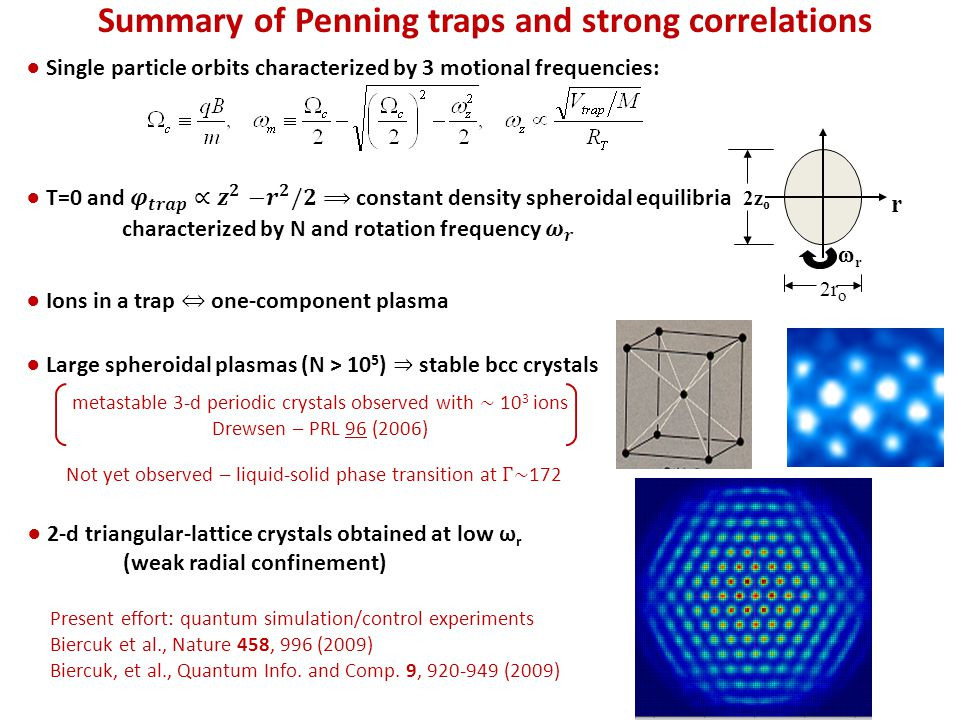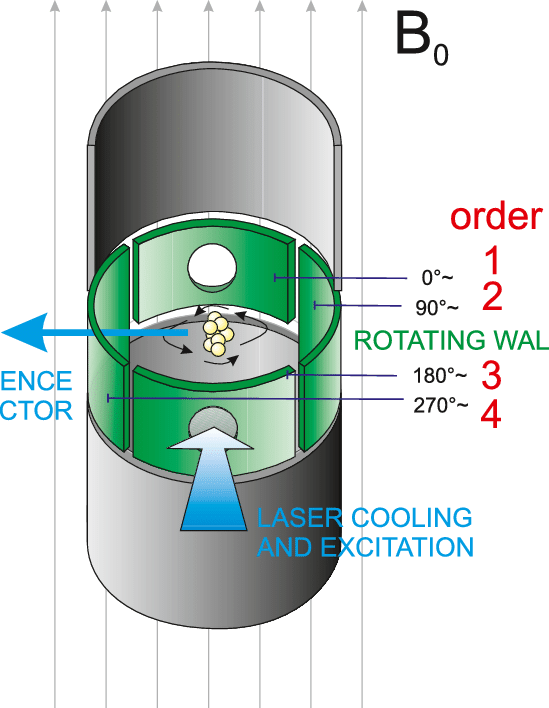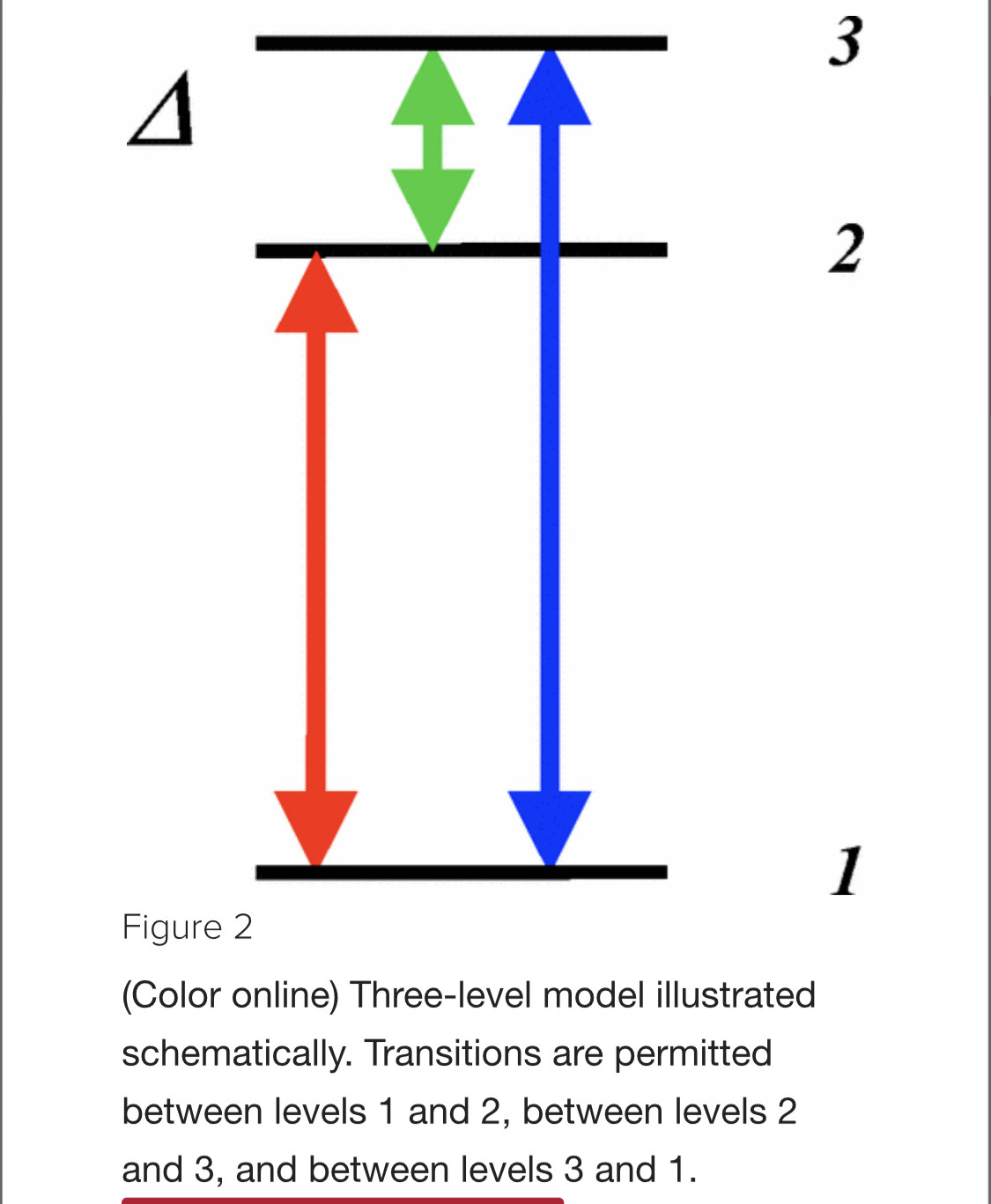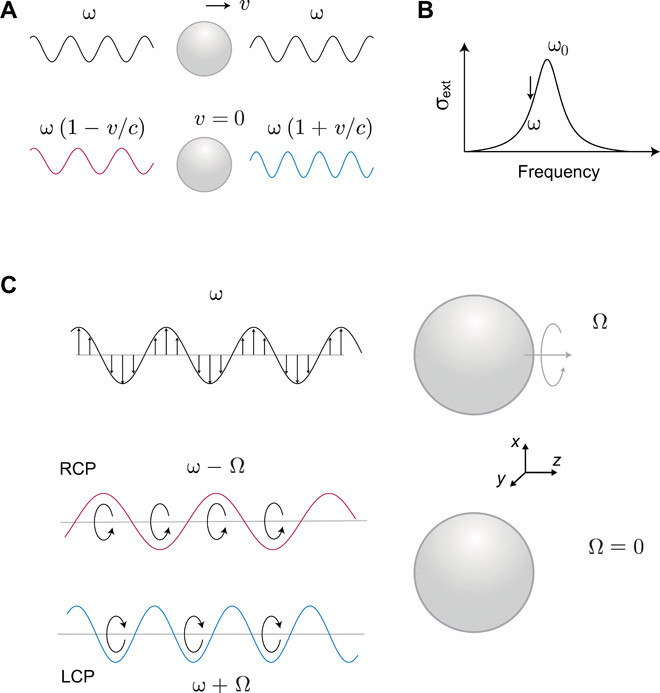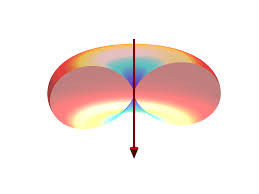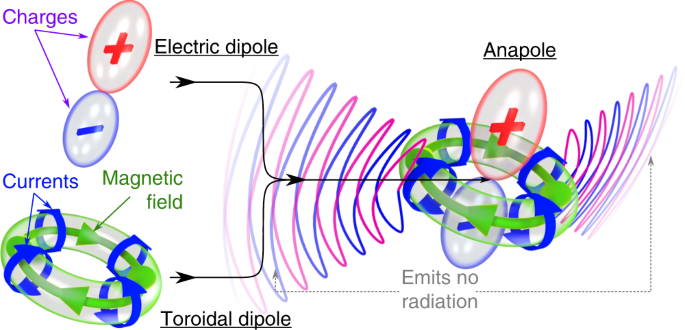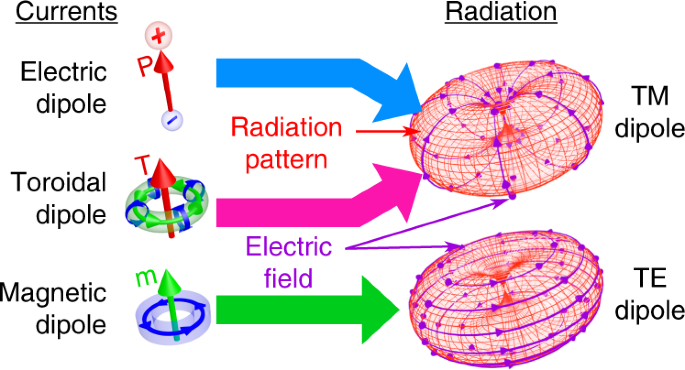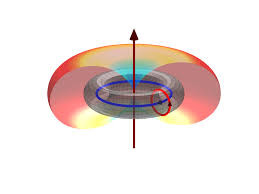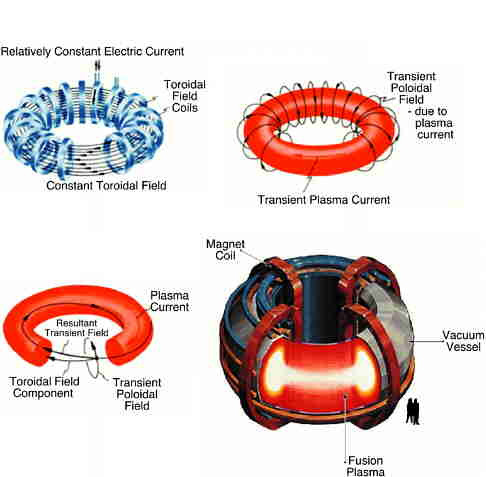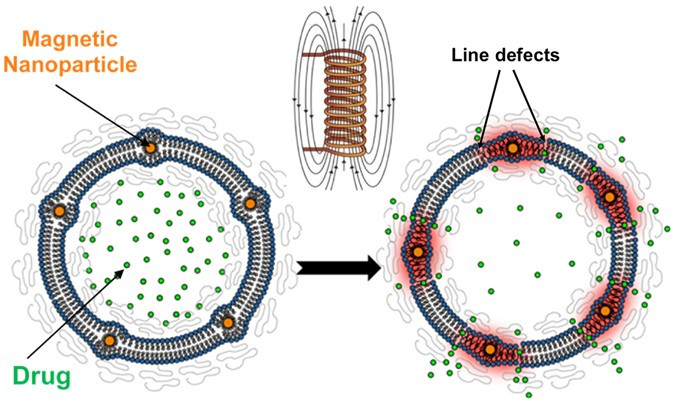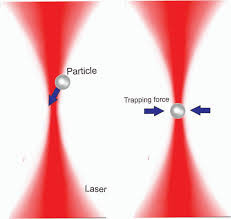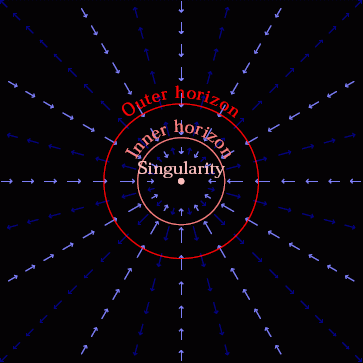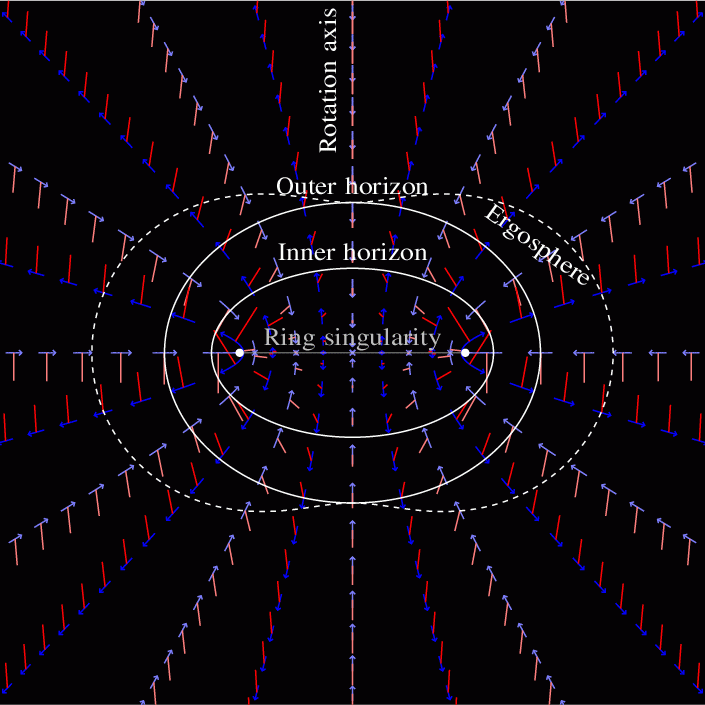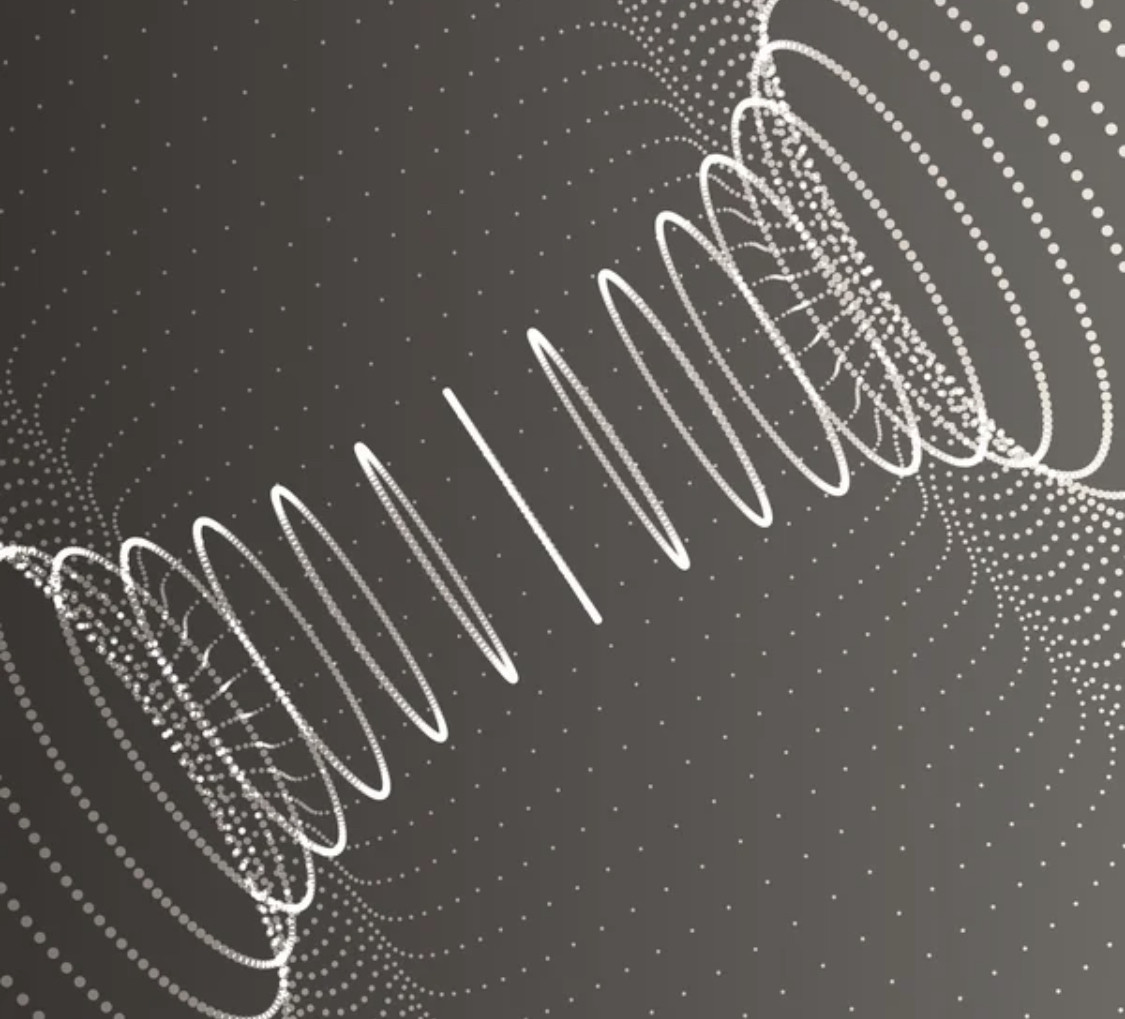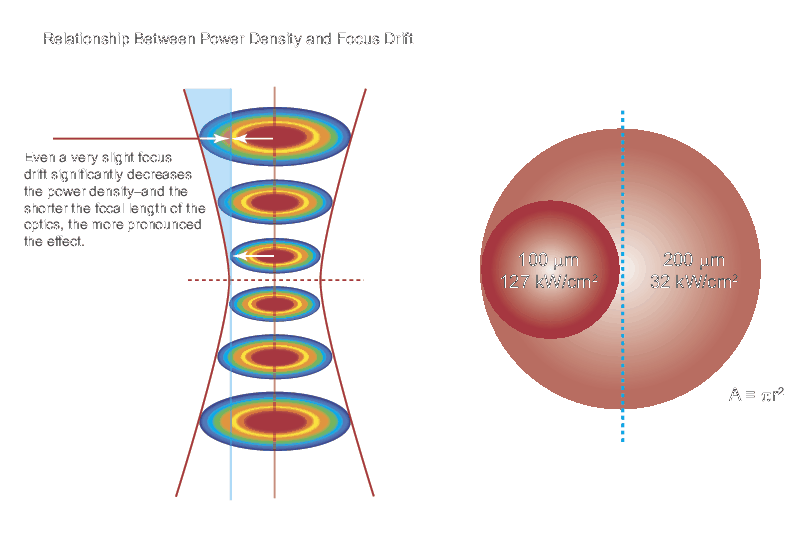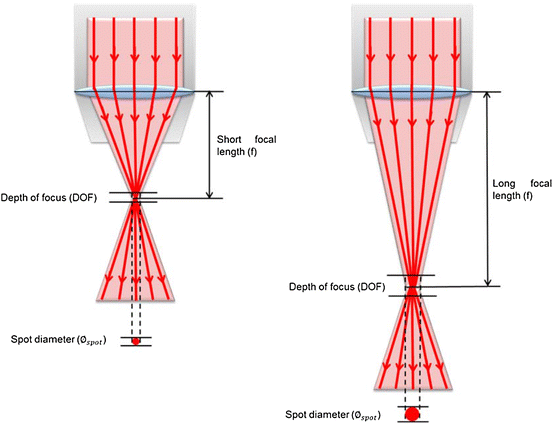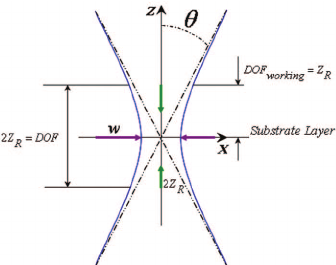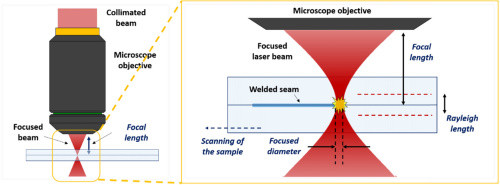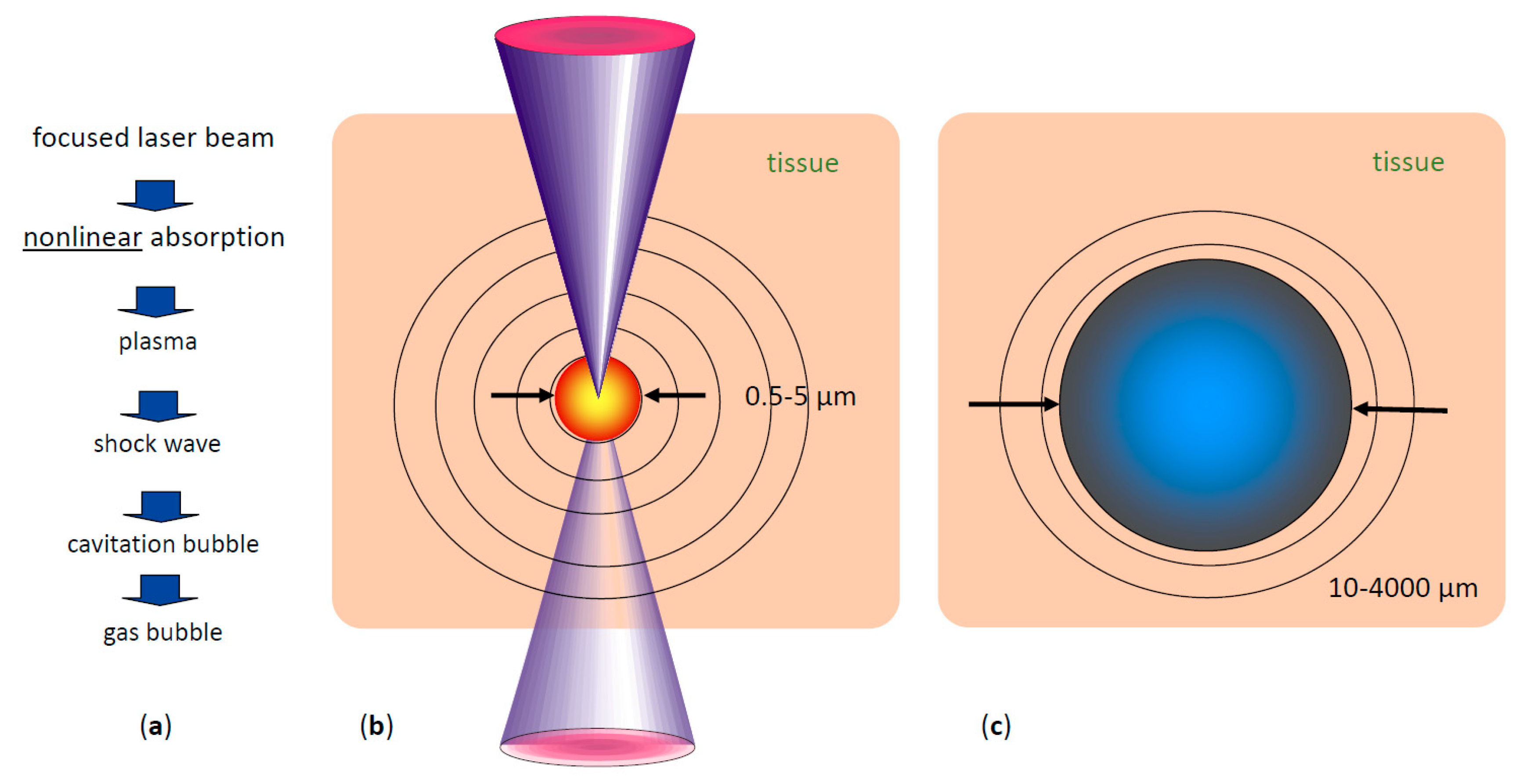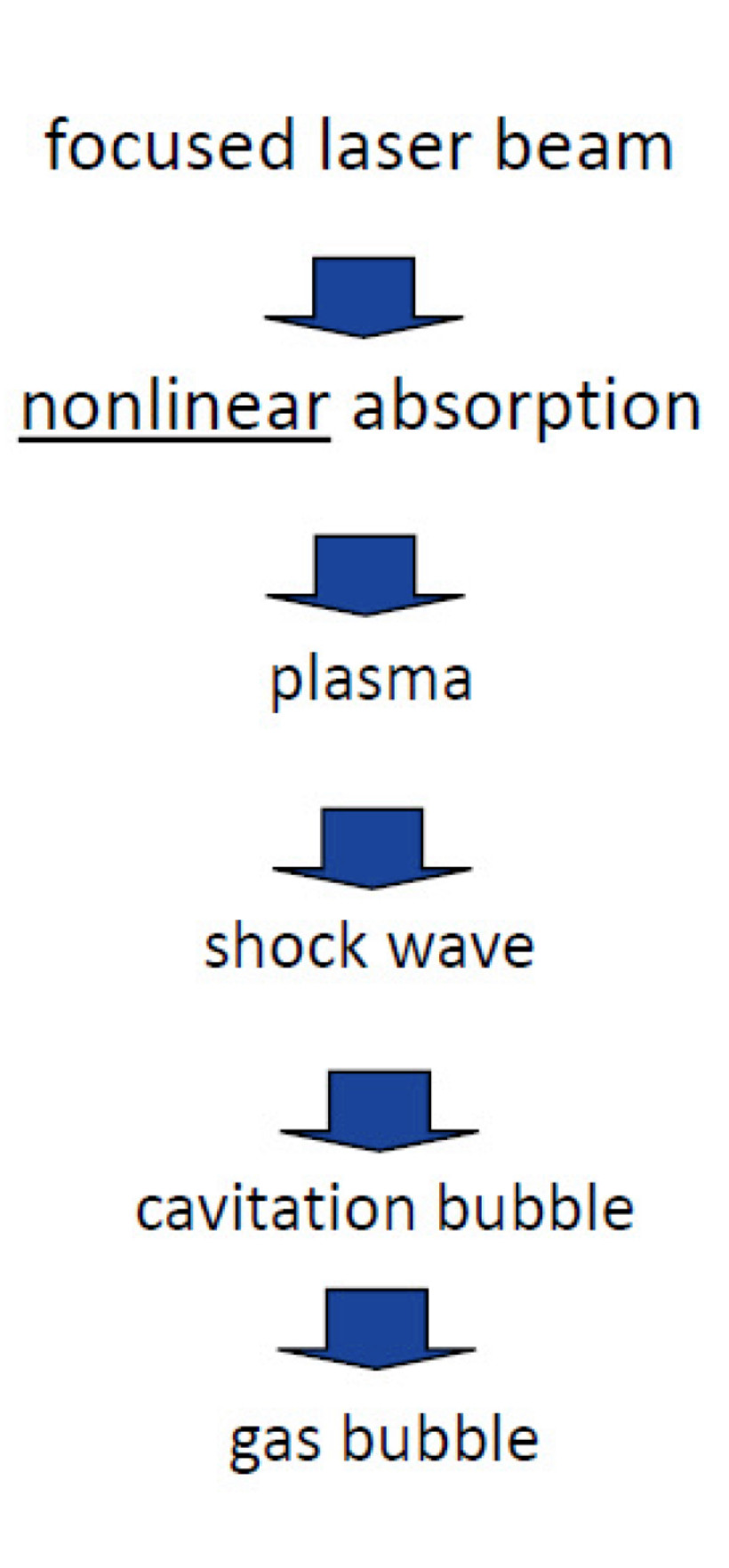The Mac
@TheMac
30 June, 10:53
Notice: Undefined index: tg1tga_access in /home/admin/www/anonup.com/themes/default/apps/timeline/post.phtml on line 396
Linda Moore
@mykismet06350
01 July, 11:04
In response The Mac to his Publication
Notice: Undefined index: tg1tga_access in /home/admin/www/anonup.com/themes/default/apps/timeline/post.phtml on line 396
The Mac
@TheMac
01 July, 04:28
In response Linda Moore to her Publication
Notice: Undefined index: tg1tga_access in /home/admin/www/anonup.com/themes/default/apps/timeline/post.phtml on line 396
Linda Moore
@mykismet06350
02 July, 02:26
In response The Mac to his Publication
Vesica Piscis
vesicle (n.) "small, bladder-like structure," early 15c., from French vesicule, from Latin vesicula "little blister," diminutive of vesica "bladder, blister" (see ventral (adj.) (see uterus)
The division of 265:153 is condensed to 1.73203 and the closest square root to number 3. Hence, √3 is called the “measure of the fish”
17/3/3/71
3203/3023
H3203 From יָכֹל (H3201) and יָהּ (H3050) Jecoliah or Jecholiah = "Jehovah is able"
H3023 yaw-gay'-ah; from H3021; tired; hence (transitive) tiresome:—full of labour, weary.
Ecc 1-18
H3
H17/71
vesicle (n.) "small, bladder-like structure," early 15c., from French vesicule, from Latin vesicula "little blister," diminutive of vesica "bladder, blister" (see ventral (adj.) (see uterus)
The division of 265:153 is condensed to 1.73203 and the closest square root to number 3. Hence, √3 is called the “measure of the fish”
17/3/3/71
3203/3023
H3203 From יָכֹל (H3201) and יָהּ (H3050) Jecoliah or Jecholiah = "Jehovah is able"
H3023 yaw-gay'-ah; from H3021; tired; hence (transitive) tiresome:—full of labour, weary.
Ecc 1-18
H3
H17/71
Notice: Undefined index: tg1tga_access in /home/admin/www/anonup.com/themes/default/apps/timeline/post.phtml on line 396
The Mac
@TheMac
02 July, 02:50
In response Linda Moore to her Publication
A covalent bond consists of the mutual sharing of one or more pairs of electrons between two atoms. These electrons are simultaneously attracted by the two atomic nuclei. A covalent bond forms when the difference between the electronegativities of two atoms is too small for an electron transfer to occur to form ions.
Notice: Undefined index: tg1tga_access in /home/admin/www/anonup.com/themes/default/apps/timeline/post.phtml on line 396
The Mac
@TheMac
02 July, 02:53
In response The Mac to his Publication
The harmonics are multiples of the fundamental frequency. So if the fundamental frequency is 100 Hz, the higher harmonics will be 200 Hz, 300 Hz, 400 Hz, 500 Hz, and so on. If the fundamental frequency were 220 Hz, the harmonics would be 440 Hz, 660 Hz, 880 Hz, and so on.
Notice: Undefined index: tg1tga_access in /home/admin/www/anonup.com/themes/default/apps/timeline/post.phtml on line 396
The Mac
@TheMac
02 July, 02:54
In response The Mac to his Publication
Notice: Undefined index: tg1tga_access in /home/admin/www/anonup.com/themes/default/apps/timeline/post.phtml on line 396
The Mac
@TheMac
02 July, 02:58
In response The Mac to his Publication
Notice: Undefined index: tg1tga_access in /home/admin/www/anonup.com/themes/default/apps/timeline/post.phtml on line 396
The Mac
@TheMac
02 July, 02:59
In response The Mac to his Publication
Notice: Undefined index: tg1tga_access in /home/admin/www/anonup.com/themes/default/apps/timeline/post.phtml on line 396
The Mac
@TheMac
02 July, 03:00
In response The Mac to his Publication
Notice: Undefined index: tg1tga_access in /home/admin/www/anonup.com/themes/default/apps/timeline/post.phtml on line 396
The Mac
@TheMac
02 July, 03:00
In response The Mac to his Publication
Notice: Undefined index: tg1tga_access in /home/admin/www/anonup.com/themes/default/apps/timeline/post.phtml on line 396
The Mac
@TheMac
02 July, 03:01
In response The Mac to his Publication
Notice: Undefined index: tg1tga_access in /home/admin/www/anonup.com/themes/default/apps/timeline/post.phtml on line 396
The Mac
@TheMac
02 July, 03:01
In response The Mac to his Publication
Notice: Undefined index: tg1tga_access in /home/admin/www/anonup.com/themes/default/apps/timeline/post.phtml on line 396
The Mac
@TheMac
02 July, 03:02
In response The Mac to his Publication
Notice: Undefined index: tg1tga_access in /home/admin/www/anonup.com/themes/default/apps/timeline/post.phtml on line 396
The Mac
@TheMac
02 July, 03:02
In response The Mac to his Publication
Notice: Undefined index: tg1tga_access in /home/admin/www/anonup.com/themes/default/apps/timeline/post.phtml on line 396
The Mac
@TheMac
02 July, 03:02
In response The Mac to his Publication
Notice: Undefined index: tg1tga_access in /home/admin/www/anonup.com/themes/default/apps/timeline/post.phtml on line 396
The Mac
@TheMac
02 July, 03:05
In response The Mac to his Publication
Under appropriate conditions, absorption of light by a solid can initiate a process by which it is cooled. In particular, energy is extracted from a material when its absorption of a photon is followed by emission of a photon of higher energy. This up-conversion requires some of the solid’s electrons to garner energy from atomic vibrations. Here, two schemes for laser cooling via localized electronic states are addressed. The first scheme utilizes the ground state and an excited state of a localized center. In this two-level scheme, the cooling process is initiated with photon absorption in the extreme low-energy tail of a localized state’s vibrationally broadened absorption spectrum.
Notice: Undefined index: tg1tga_access in /home/admin/www/anonup.com/themes/default/apps/timeline/post.phtml on line 396
The Mac
@TheMac
02 July, 03:06
In response The Mac to his Publication
The subsequent atomic relaxation transfers energy of especially large vibratory atomic strains into electrical energy that is then extracted via photon emission. The second scheme involves the ground state and two excited states of a localized center. Cooling is facilitated when (i) the photoexcitation of an electron from its ground state to the lower excited level is followed by (ii) electron-phonon-induced promotion to the uppermost level and the subsequent (iii) return of the electron to its ground state with emission of a photon of higher energy than that of the absorbed photon. However, competing relaxation processes contribute to heating.
Notice: Undefined index: tg1tga_access in /home/admin/www/anonup.com/themes/default/apps/timeline/post.phtml on line 396
The Mac
@TheMac
02 July, 03:07
In response The Mac to his Publication
The net cooling power per unit volume is maximized for both schemes, thereby determining characteristics of localized electronic systems that foster optical cooling. The cooling power per unit volume is greatest at high temperatures and falls rapidly as the thermal energy is reduced below each system’s luminescence Stokes shift. Moreover, cooling via the three-level scheme is most effective when (i) the energy separation between excited states is smaller than the thermal energy and (ii) the degeneracy of the highest-lying excited state is much larger than that of the center’s middle level. These restrictive conditions appear to be satisfied for the three-level systems that to date exhibit laser cooling at or somewhat below room temperature: severely localized crystal-field-split f
-electron states of rare-earth ions.
-electron states of rare-earth ions.
Notice: Undefined index: tg1tga_access in /home/admin/www/anonup.com/themes/default/apps/timeline/post.phtml on line 396
The Mac
@TheMac
02 July, 03:08
In response The Mac to his Publication
Notice: Undefined index: tg1tga_access in /home/admin/www/anonup.com/themes/default/apps/timeline/post.phtml on line 396
The Mac
@TheMac
02 July, 03:09
In response The Mac to his Publication
Fig. 1 Comparison between translational and rotational Doppler cooling and heating.
(A and B) Illustration of translational Doppler cooling. In the laboratory frame [(A), top], a particle is moving with velocity v in the presence of two counter-propagating light waves (wavy curves) of frequency ω. In the frame moving with the particle [(A), bottom], the extinction cross section (σext) of these two waves [see (B)] is affected by Doppler shifts to ω(1 ± v/c), leading to an optical force that pushes the particle to the left, thus causing particle deceleration in the laboratory frame. (C) We consider a particle rotating with angular velocity Ω and illuminated by linearly polarized light of frequency ω (top).
(A and B) Illustration of translational Doppler cooling. In the laboratory frame [(A), top], a particle is moving with velocity v in the presence of two counter-propagating light waves (wavy curves) of frequency ω. In the frame moving with the particle [(A), bottom], the extinction cross section (σext) of these two waves [see (B)] is affected by Doppler shifts to ω(1 ± v/c), leading to an optical force that pushes the particle to the left, thus causing particle deceleration in the laboratory frame. (C) We consider a particle rotating with angular velocity Ω and illuminated by linearly polarized light of frequency ω (top).
Notice: Undefined index: tg1tga_access in /home/admin/www/anonup.com/themes/default/apps/timeline/post.phtml on line 396
The Mac
@TheMac
02 July, 03:10
In response The Mac to his Publication
The incident light can be decomposed into right circularly polarized (RCP) and left circularly polarized (LCP) components, which are Doppler-shifted to ω ∓ Ω in the frame rotating with the particle (bottom). Black circular arrows denote the directions of the electric field rotation on the plane perpendicular to the wave vector.
Notice: Undefined index: tg1tga_access in /home/admin/www/anonup.com/themes/default/apps/timeline/post.phtml on line 396
The Mac
@TheMac
02 July, 03:13
In response The Mac to his Publication
Notice: Undefined index: tg1tga_access in /home/admin/www/anonup.com/themes/default/apps/timeline/post.phtml on line 396
The Mac
@TheMac
02 July, 03:19
In response The Mac to his Publication
Notice: Undefined index: tg1tga_access in /home/admin/www/anonup.com/themes/default/apps/timeline/post.phtml on line 396
The Mac
@TheMac
02 July, 03:19
In response The Mac to his Publication
Notice: Undefined index: tg1tga_access in /home/admin/www/anonup.com/themes/default/apps/timeline/post.phtml on line 396
The Mac
@TheMac
02 July, 03:20
In response The Mac to his Publication
Anapole is a balanced superposition of electric and toroidal dipoles. Electric dipole corresponds to a pair of opposite charges. Toroidal dipole corresponds to a poloidal current on a torus. Anapole emerges when the fields radiated by the electric and toroidal dipoles cancel each other out.
Notice: Undefined index: tg1tga_access in /home/admin/www/anonup.com/themes/default/apps/timeline/post.phtml on line 396
The Mac
@TheMac
02 July, 03:21
In response The Mac to his Publication
Notice: Undefined index: tg1tga_access in /home/admin/www/anonup.com/themes/default/apps/timeline/post.phtml on line 396
The Mac
@TheMac
02 July, 03:21
In response The Mac to his Publication
Notice: Undefined index: tg1tga_access in /home/admin/www/anonup.com/themes/default/apps/timeline/post.phtml on line 396
The Mac
@TheMac
02 July, 03:25
In response The Mac to his Publication
poloidal
/pəˈlɔɪd(ə)l/
PHYSICS
adjective: poloidal
relating to or denoting a magnetic field associated with a toroidal electric field, in which each line of force is confined to a radial or meridian plane.
Origin
1940s: from polar, on the pattern of toroidal .
/pəˈlɔɪd(ə)l/
PHYSICS
adjective: poloidal
relating to or denoting a magnetic field associated with a toroidal electric field, in which each line of force is confined to a radial or meridian plane.
Origin
1940s: from polar, on the pattern of toroidal .
Notice: Undefined index: tg1tga_access in /home/admin/www/anonup.com/themes/default/apps/timeline/post.phtml on line 396
The Mac
@TheMac
02 July, 03:26
In response The Mac to his Publication
Notice: Undefined index: tg1tga_access in /home/admin/www/anonup.com/themes/default/apps/timeline/post.phtml on line 396
The Mac
@TheMac
02 July, 03:28
In response The Mac to his Publication
Notice: Undefined index: tg1tga_access in /home/admin/www/anonup.com/themes/default/apps/timeline/post.phtml on line 396
The Mac
@TheMac
02 July, 03:30
In response The Mac to his Publication
Consider a spherical shell of linear magnetic material with relative permeability placed in a uniform magnetic field . The magnetic fields in this region can be described by a magnetic potential . Selecting the direction of as the axis of spherical coordinates , is given by , where is a Legendre function. The magnetic field at any point is . The coefficients , in the regions with (1) , (2) , and (3) are determined by considering the boundary conditions at and , taking into account the permeability in each region: (1) and (3) and (2) . As the result, the field in (1) is that of superimposed with the contribution of a magnetic dipole. The field in (3) turns out to be uniform, with magnitude considerably lower than . The magnetic induction or B field is obtained by , where or depending on the region.
Notice: Undefined index: tg1tga_access in /home/admin/www/anonup.com/themes/default/apps/timeline/post.phtml on line 396
The Mac
@TheMac
02 July, 03:32
In response The Mac to his Publication
Notice: Undefined index: tg1tga_access in /home/admin/www/anonup.com/themes/default/apps/timeline/post.phtml on line 396
The Mac
@TheMac
02 July, 03:34
In response The Mac to his Publication
heal (v.)
Old English hælan "cure; save; make whole, sound and well," from Proto-Germanic *hailjan (source also of Old Saxon helian, Old Norse heila, Old Frisian hela, Dutch helen, German heilen, Gothic ga-hailjan "to heal, cure"), literally "to make whole" (from PIE *kailo- "whole;" see health). Intransitive sense from late 14c. Related: Healed; healing.
Old English hælan "cure; save; make whole, sound and well," from Proto-Germanic *hailjan (source also of Old Saxon helian, Old Norse heila, Old Frisian hela, Dutch helen, German heilen, Gothic ga-hailjan "to heal, cure"), literally "to make whole" (from PIE *kailo- "whole;" see health). Intransitive sense from late 14c. Related: Healed; healing.
Notice: Undefined index: tg1tga_access in /home/admin/www/anonup.com/themes/default/apps/timeline/post.phtml on line 396
The Mac
@TheMac
02 July, 03:38
In response The Mac to his Publication
εἷλῐξ (heîlix) – Poetic
Etymology
From Proto-Indo-European *welH- (“to turn”).
Pronunciation
IPA(key): /hé.liks/ → /ˈe.liks/ → /ˈe.liks/
Noun
ἕλῐξ • (hélix) f (genitive ἕλῐκος); third declension
Anything twisted, winding, or spiral.
The tendril of a vine.
The outer ear
(mathematics) A spiral line.
helix
/ˈhiːlɪks/
noun: helix; plural noun: helices
1.
an object having a three-dimensional shape like that of a wire wound uniformly in a single layer around a cylinder or cone, as in a corkscrew or spiral staircase.
Etymology
From Proto-Indo-European *welH- (“to turn”).
Pronunciation
IPA(key): /hé.liks/ → /ˈe.liks/ → /ˈe.liks/
Noun
ἕλῐξ • (hélix) f (genitive ἕλῐκος); third declension
Anything twisted, winding, or spiral.
The tendril of a vine.
The outer ear
(mathematics) A spiral line.
helix
/ˈhiːlɪks/
noun: helix; plural noun: helices
1.
an object having a three-dimensional shape like that of a wire wound uniformly in a single layer around a cylinder or cone, as in a corkscrew or spiral staircase.
Notice: Undefined index: tg1tga_access in /home/admin/www/anonup.com/themes/default/apps/timeline/post.phtml on line 396
The Mac
@TheMac
02 July, 03:40
In response The Mac to his Publication
vortex (n.)
1650s, "whirlpool, eddying mass," from Latin vortex, variant of vertex "an eddy of water, wind, or flame; whirlpool; whirlwind," from stem of vertere "to turn" (from PIE root *wer- (2) "to turn, bend"). Plural form is vortices. Became prominent in 17c.
1650s, "whirlpool, eddying mass," from Latin vortex, variant of vertex "an eddy of water, wind, or flame; whirlpool; whirlwind," from stem of vertere "to turn" (from PIE root *wer- (2) "to turn, bend"). Plural form is vortices. Became prominent in 17c.
Notice: Undefined index: tg1tga_access in /home/admin/www/anonup.com/themes/default/apps/timeline/post.phtml on line 396
The Mac
@TheMac
02 July, 03:41
In response The Mac to his Publication
An optical vortex (also known as a photonic quantum vortex, screw dislocation or phase singularity) is a zero of an optical field; a point of zero intensity. The term is also used to describe a beam of light that has such a zero in it. The study of these phenomena is known as singular optics.
Notice: Undefined index: tg1tga_access in /home/admin/www/anonup.com/themes/default/apps/timeline/post.phtml on line 396
The Mac
@TheMac
02 July, 03:42
In response The Mac to his Publication
Notice: Undefined index: tg1tga_access in /home/admin/www/anonup.com/themes/default/apps/timeline/post.phtml on line 396
The Mac
@TheMac
02 July, 03:43
In response The Mac to his Publication
Notice: Undefined index: tg1tga_access in /home/admin/www/anonup.com/themes/default/apps/timeline/post.phtml on line 396
The Mac
@TheMac
02 July, 03:43
In response The Mac to his Publication
Notice: Undefined index: tg1tga_access in /home/admin/www/anonup.com/themes/default/apps/timeline/post.phtml on line 396
The Mac
@TheMac
02 July, 03:44
In response The Mac to his Publication
Notice: Undefined index: tg1tga_access in /home/admin/www/anonup.com/themes/default/apps/timeline/post.phtml on line 396
The Mac
@TheMac
02 July, 03:45
In response The Mac to his Publication
Notice: Undefined index: tg1tga_access in /home/admin/www/anonup.com/themes/default/apps/timeline/post.phtml on line 396
The Mac
@TheMac
02 July, 03:46
In response The Mac to his Publication
Notice: Undefined index: tg1tga_access in /home/admin/www/anonup.com/themes/default/apps/timeline/post.phtml on line 396
The Mac
@TheMac
02 July, 03:46
In response The Mac to his Publication
Notice: Undefined index: tg1tga_access in /home/admin/www/anonup.com/themes/default/apps/timeline/post.phtml on line 396
The Mac
@TheMac
02 July, 03:47
In response The Mac to his Publication
Notice: Undefined index: tg1tga_access in /home/admin/www/anonup.com/themes/default/apps/timeline/post.phtml on line 396
The Mac
@TheMac
02 July, 03:47
In response The Mac to his Publication
Notice: Undefined index: tg1tga_access in /home/admin/www/anonup.com/themes/default/apps/timeline/post.phtml on line 396
Only people mentioned by TheMac in this post can reply
The Mac
@TheMac
02 July, 03:49
In response The Mac to his Publication
Notice: Undefined index: tg1tga_access in /home/admin/www/anonup.com/themes/default/apps/timeline/post.phtml on line 396
The Mac
@TheMac
02 July, 03:50
In response The Mac to his Publication
gas
/ɡas/
Origin
mid 17th century: invented by J. B. van Helmont (1577–1644), Belgian chemist, to denote an occult principle which he believed to exist in all matter; suggested by Greek khaos ‘chaos’, with Dutch g representing Greek kh .
/ɡas/
Origin
mid 17th century: invented by J. B. van Helmont (1577–1644), Belgian chemist, to denote an occult principle which he believed to exist in all matter; suggested by Greek khaos ‘chaos’, with Dutch g representing Greek kh .
Notice: Undefined index: tg1tga_access in /home/admin/www/anonup.com/themes/default/apps/timeline/post.phtml on line 396



